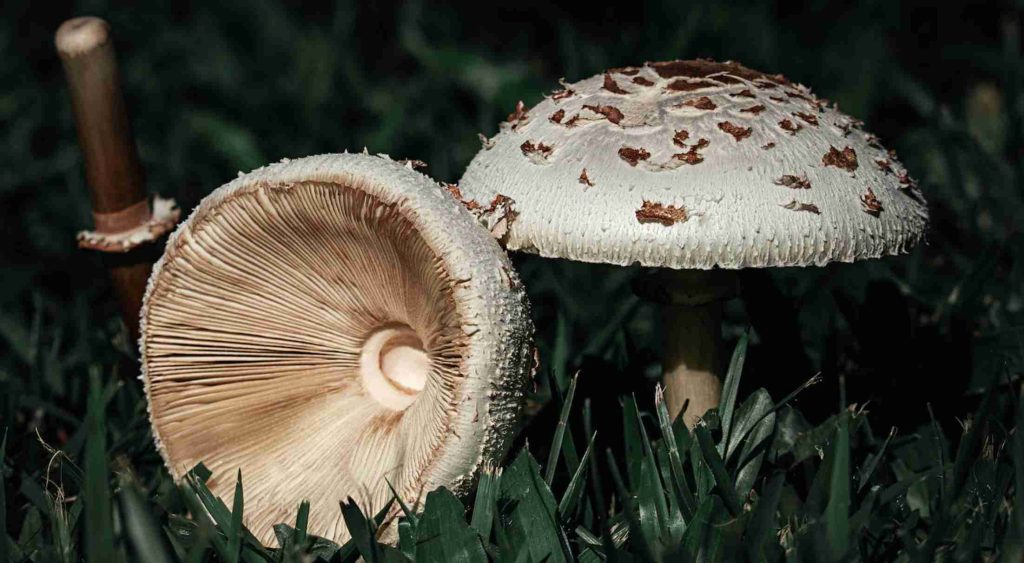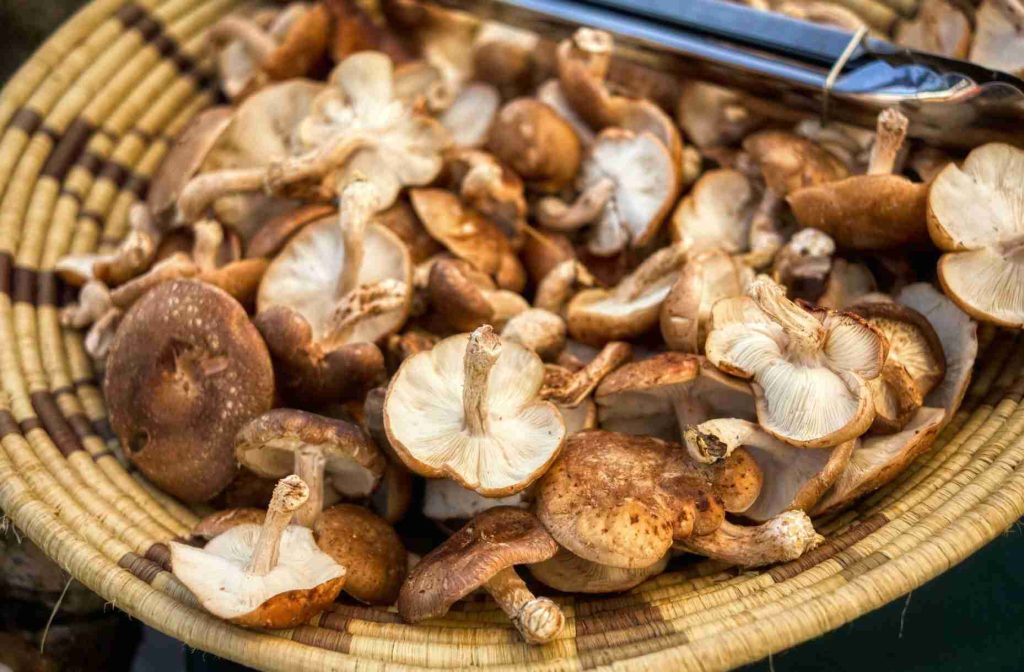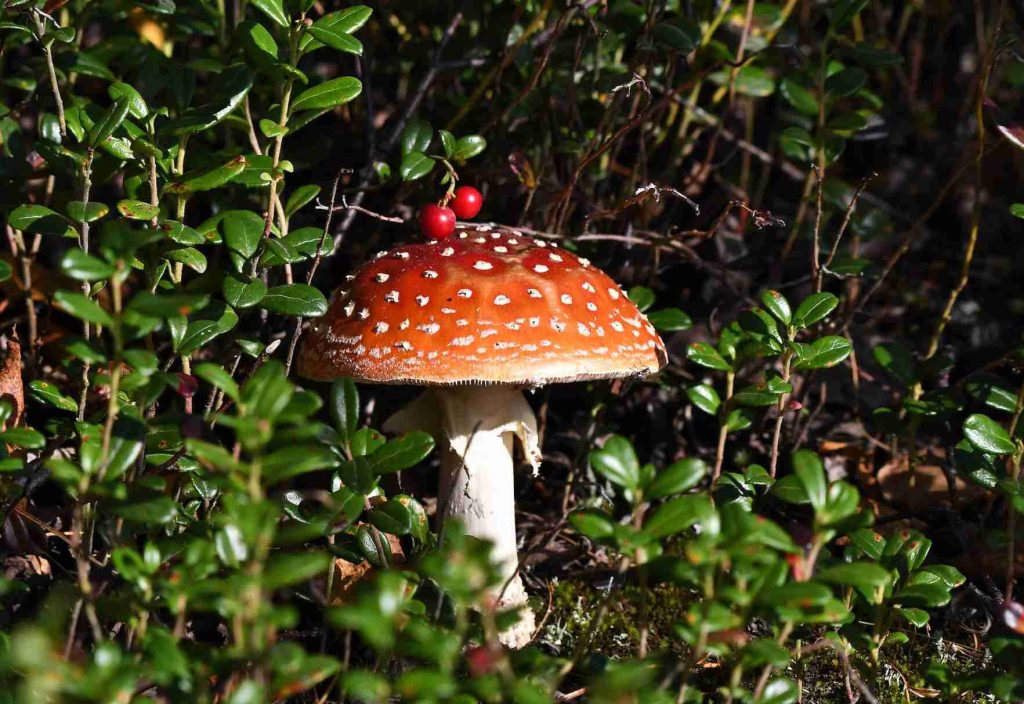In the realm of unconventional wellness practices, mushroom microdosing has emerged as a fascinating and controversial trend. While the term might sound like something out of a science fiction novel, mushroom microdosing involves the consumption of small, sub-perceptual amounts of psychedelic mushrooms. In this blog post, we will delve into what mushroom microdosing is, explore how it works, and examine its potential benefits and risks. So, buckle up as we embark on a journey through the curious world of mushroom microdosing.
Understanding Mushroom Microdosing
What is Mushroom Microdosing?
Mushroom microdosing involves taking a tiny, non-psychedelic dose of magic mushrooms on a regular schedule, often every few days. As mentioned on https://amanita-universe.us microdosing is the practice of using very small doses (microdoses) of mushrooms to boost physical and psychological strength, increase creativity, performance, sociability, and efficiency in solving problems, achieve emotional balance, or treat anxiety, depression, or addiction. Unlike traditional psychedelic experiences, where individuals consume a full dose to induce altered states of consciousness, microdosing seeks to leverage the therapeutic potential of these fungi without the hallucinogenic effects.
How Does Mushroom Microdosing Work?
To understand how mushroom microdosing works, we need to acquaint ourselves with the active compound in magic mushrooms: psilocybin. Psilocybin is a psychedelic compound that interacts with serotonin receptors in the brain, leading to altered perceptions and mood changes. In microdosing, individuals take sub-threshold doses, typically around 0.1 to 0.3 grams, aiming to experience subtle cognitive enhancements without the full psychedelic experience.
Mechanism of Action:
- Serotonin Receptor Modulation: Psilocybin in small doses may modulate serotonin receptors, influencing mood and cognition without inducing hallucinations.
- Neuroplasticity Enhancement: Some studies suggest that psychedelics may promote neuroplasticity, the brain’s ability to reorganize itself, potentially leading to cognitive improvements.

The Dosage Dilemma
Determining the right dosage is crucial in mushroom microdosing. Too much, and you risk entering the psychedelic realm; too little, and the effects may be negligible. Most microdosers start with a low dose, gradually adjusting until they find the sweet spot where benefits are maximized, and unwanted side effects are minimized.
People also read: Lion’s Mane Mushroom: What Science Says and When to Get It
Benefits of Mushroom Microdosing
Cognitive Enhancements
Improved Creativity:
Research indicates that microdosing may enhance divergent thinking, a key component of creativity. Users report increased ideational fluency, making connections between seemingly unrelated concepts.
Enhanced Focus and Concentration:
Anecdotal evidence suggests that microdosing may lead to improved focus and concentration. Users often describe heightened attention to tasks without the jitteriness associated with stimulants.
Mood Enhancement
Alleviation of Depressive Symptoms:
Some early studies propose that microdosing could be a potential adjunctive therapy for depression. Users report improvements in mood, reduced feelings of sadness, and increased overall well-being.
Anxiety Reduction:
While research is in its infancy, there are anecdotal reports suggesting that microdosing may help in reducing symptoms of anxiety. Users describe a sense of calmness without the sedative effects associated with traditional anti-anxiety medications.

Enhanced Mindfulness and Emotional Awareness
Microdosers often report an increased sense of mindfulness and emotional awareness. This heightened awareness can lead to better self-reflection and a deeper understanding of one’s emotions and thought patterns.
Risks and Considerations
Legal and Ethical Considerations
In many parts of the world, the use of psychedelic substances, including magic mushrooms, is illegal. Potential users need to be aware of the legal implications and risks associated with possessing and using these substances.
Individual Variability
Responses to microdosing can vary widely among individuals. Factors such as body weight, metabolism, and overall health can influence how one responds to microdosing. It’s crucial for users to start with a low dose and pay attention to their body’s reactions.
Lack of Standardization
Unlike conventional medications, there is no standardized protocol for mushroom microdosing. Individuals often experiment to find the right dosage and schedule, which may lead to inconsistent results and potential risks.
Potential for Misuse
There is a concern that the trend of microdosing could lead to misuse, with individuals seeking enhanced performance or altered states of consciousness without proper understanding or respect for the substance.
Real-Life Experiences: A Closer Look
Sarah’s Story: Unlocking Creativity
Sarah, a graphic designer, turned to microdosing in search of a creativity boost. She started with a minimal dose, gradually increasing until she found the right balance. Sarah reports that microdosing has allowed her to approach design projects with a fresh perspective, leading to more innovative and inspired creations.
John’s Journey: Battling Depression
John, who had struggled with depression for years, decided to explore alternative therapies. After extensive research, he cautiously tried mushroom microdosing. Over time, he noticed a subtle but significant improvement in his mood and a reduction in depressive symptoms.
Data Points and Statistics
Let’s take a closer look at some data points and statistics related to mushroom microdosing:
Survey Results
| Question | Percentage of Respondents Reporting Positive Effects |
|---|---|
| Improved Creativity | 72% |
| Enhanced Mood | 68% |
| Increased Focus | 56% |
| Reduction in Anxiety | 45% |
Data compiled from an online survey of microdosers.
Neuroplasticity Studies
Recent studies using neuroimaging techniques have shown that psilocybin, the active compound in magic mushrooms, may promote neuroplasticity. This phenomenon could potentially explain the cognitive enhancements reported by microdosers.

Conclusion
Mushroom microdosing, with its promise of cognitive enhancements and mood benefits, has piqued the interest of many. While research is ongoing, the anecdotal evidence and early studies suggest that there may be something worth exploring in the world of microdosing.
However, it’s crucial to approach mushroom microdosing with caution. The lack of standardization, legal implications, and potential risks underscore the need for responsible and informed use. As with any substance, what works for one person may not work for another, and individual experiences can vary widely.
In the end, mushroom microdosing remains a subject of intrigue and exploration, offering a unique lens through which individuals can potentially unlock new aspects of their minds. Whether it’s for creativity, mood enhancement, or self-discovery, the world of mushroom microdosing invites us to reconsider our perceptions of psychedelics and their potential role in human well-being.
References:
- Fadiman, J. (2011). The Psychedelic Explorer’s Guide: Safe, Therapeutic, and Sacred Journeys. Inner Traditions/Bear.
- Anderson, T., Petranker, R., & Rosenbaum, D. (2019). Microdosing Psychedelics: Personality, mental health, and creativity differences in microdosers. Psychopharmacology, 236(2), 731–740.
- Carhart-Harris, R. L., et al. (2016). Psilocybin with psychological support for treatment-resistant depression: an open-label feasibility study. The Lancet Psychiatry, 3(7), 619-627.
- Polito, V., & Stevenson, R. J. (2019). A systematic study of microdosing psychedelics. PLoS ONE.
